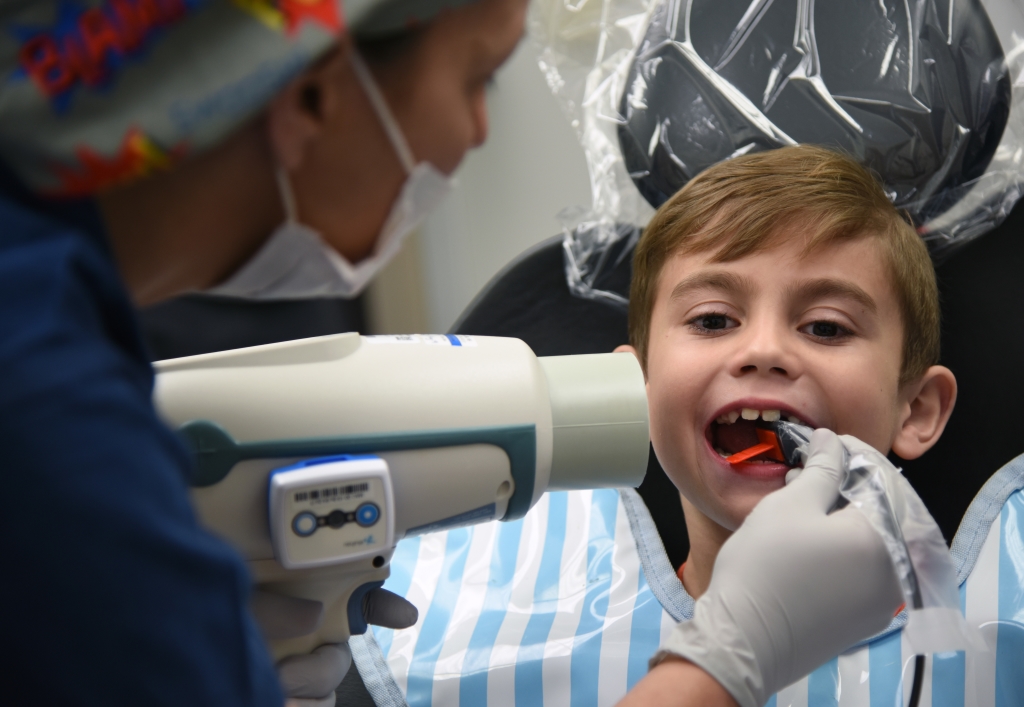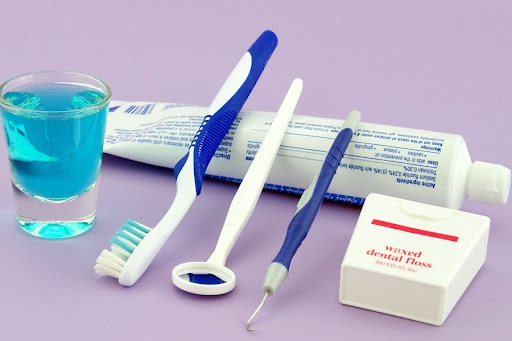Correcting Tooth Decay: Treatment Options for Rotten Teeth in Children

Tooth decay, commonly referred to as rotten teeth, is a prevalent issue among children. It not only affects their oral health but can also impact their overall well-being, including their ability to eat, speak, and perform academically. Early intervention is crucial in managing and correcting tooth decay in children to prevent further complications. This article explores the various treatment options available for addressing rotten teeth in children, ranging from preventive measures to restorative procedures.
Understanding Tooth Decay in Children
Tooth decay occurs when the bacteria in the mouth produce acids that erode the enamel, the hard, outer layer of the teeth. This process often begins with the formation of plaque, a sticky film that adheres to the teeth. If left unchecked, decay can progress through the enamel and into the deeper layers of the tooth, leading to pain, infection, and even tooth loss. Early detection and treatment are essential to prevent the progression of decay.
1. Preventive Treatments
Prevention is always better than cure, especially when it comes to tooth decay in children. Preventive treatments are designed to stop decay from starting or progressing, protecting the child’s teeth from further damage.
- Fluoride Treatments: Fluoride is a mineral that helps strengthen tooth enamel, making it more resistant to acid attacks from plaque bacteria. Professional fluoride treatments at the dentist’s office involve applying a high-concentration fluoride varnish, gel, or foam to the child’s teeth. This is particularly beneficial for children who are at higher risk of tooth decay.
- Dental Sealants: Sealants are thin, protective coatings applied to the chewing surfaces of the back teeth (molars), where decay often starts. Sealants act as a barrier, protecting the enamel from plaque and acids. Applying sealants is a quick, painless procedure that can effectively reduce the risk of cavities in children.
- Regular Dental Checkups and Cleanings: Routine dental visits allow for early detection and management of tooth decay. During these visits, dental professionals can provide cleanings to remove plaque and tartar buildup, which regular brushing may miss. Regular checkups also offer an opportunity for parents and children to receive education on proper oral hygiene practices.
2. Restorative Treatments
When tooth decay has progressed beyond the preventive stage, restorative treatments become necessary. These treatments aim to repair the damage caused by decay and restore the function and appearance of the teeth.
- Dental Fillings: Fillings are the most common treatment for cavities. After removing the decayed portion of the tooth, the dentist fills the cavity with a restorative material, such as composite resin, amalgam, or glass ionomer. Composite resin, a tooth-colored material, is often preferred for visible teeth because it blends seamlessly with the natural tooth color.
- Pulpotomy: When decay reaches the innermost part of the tooth (the pulp), a pulpotomy may be needed. This procedure involves removing the infected pulp tissue from the crown portion of the tooth, leaving the healthy pulp in the root canals intact. A medicated dressing is placed in the pulp chamber, and the tooth is then restored with a crown. Pulpotomies are commonly performed on primary (baby) teeth to maintain the tooth until it naturally falls out.
- Crowns: Crowns, or caps, are used to cover and protect a tooth that is severely decayed or weakened. In children, stainless steel crowns are often used for molars because they are durable and cost-effective. For front teeth, tooth-colored crowns made of resin or ceramic can be used to maintain aesthetics.
3. Advanced Treatments for Severe Decay
In cases where tooth decay is advanced and other treatments are insufficient, more extensive procedures may be required to address the damage.
- Root Canal Treatment: If the decay has reached the root canals of a permanent tooth, a root canal treatment may be necessary. This procedure involves removing the infected or damaged pulp from the canals, cleaning the inside of the tooth, and sealing it with a filling material. Root canal treatment is less common in primary teeth since these teeth will eventually fall out, but it may be considered if it helps maintain the space for the permanent tooth.
- Tooth Extraction: When a tooth is too badly decayed to be saved by a filling or crown, extraction may be the only option. While extracting a primary tooth is not ideal, it may be necessary to prevent the spread of infection. After extraction, space maintainers may be used to hold the space open for the permanent tooth, ensuring proper alignment as the child grows.
4. Behavior Management and Sedation Options
Dental treatment can be a source of anxiety for many children, especially when invasive procedures are needed. Dentists often use behavior management techniques and, in some cases, sedation to help children feel comfortable during treatment.
- Nitrous Oxide (Laughing Gas): Nitrous oxide is a mild sedative that helps relax children during dental procedures. It is inhaled through a small mask placed over the nose and quickly takes effect, allowing the child to remain calm while staying awake.
- Oral Sedation: For children who require a deeper level of relaxation, oral sedation may be used. This involves giving the child medication in the form of a liquid or pill that makes them sleepy but not unconscious. Oral sedation is commonly used for more extensive procedures or for children who have difficulty cooperating in the dental chair.
- General Anesthesia: In rare cases, when extensive treatment is needed or if the child is unable to tolerate dental procedures under sedation, general anesthesia may be considered. This is performed in a hospital setting where the child is fully asleep during the treatment.
5. The Importance of Parental Involvement and Education
Parents play a crucial role in their child’s oral health, from instilling good dental habits to making informed decisions about treatment options.
- Educating Parents and Children: Educating parents and children about the causes of tooth decay, the importance of oral hygiene, and the benefits of preventive treatments can empower families to take control of their dental health. Dentists can provide guidance on brushing techniques, dietary choices, and the frequency of dental visits.
- Modeling Good Oral Hygiene Habits: Children often mimic the behaviors of their parents. By modeling good oral hygiene practices—such as brushing twice a day, flossing, and limiting sugary snacks—parents can help their children develop lifelong habits that reduce the risk of tooth decay.
Conclusion
Correcting tooth decay in children requires a comprehensive approach that includes preventive, restorative, and sometimes advanced treatments. By addressing decay early and using appropriate treatment options, parents and dental professionals can protect children’s teeth, ensuring their overall health and well-being. Regular dental checkups, good oral hygiene habits, and a balanced diet are the foundations of preventing and managing tooth decay, allowing children to enjoy healthy, pain-free smiles as they grow.
Related to read:
Best Oral Hygiene Practices For Optimum Oral Health.
Bruxism: Teeth grinding causes treatment and prevention.
How to keep your gums healthy and disease-free?
References
To ensure the information provided is accurate and up-to-date, the following sources were referenced:
- American Dental Association. (n.d.). Plaque and Tartar. Retrieved from ADA website
- Mayo Clinic. (n.d.). Dental Plaque. Retrieved from Mayo Clinic website
- National Institute of Dental and Craniofacial Research. (n.d.). Periodontal (Gum) Disease. Retrieved from NIDCR website









